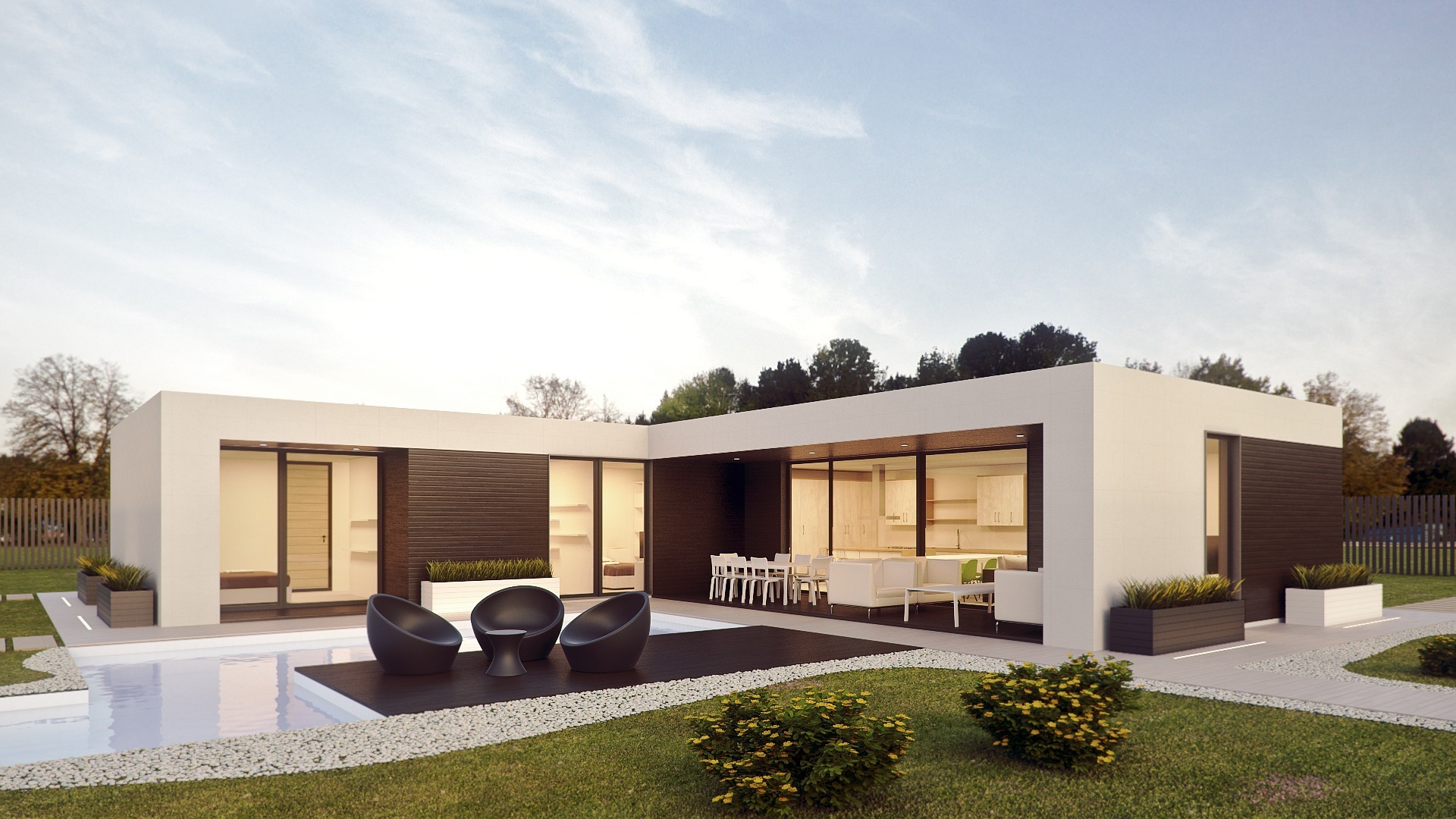Practical Yard Design for Patio, Garden, and Outdoor Spaces
A well-planned yard balances function, aesthetics, and maintenance to create outdoor rooms that suit daily life and occasional gatherings. Thoughtful yard design considers circulation, planting, hardscapes, and durable furniture so each area—patio, lawn, or garden bed—feels purposeful. This article outlines practical approaches to laying out a yard, selecting materials, and coordinating elements to make an outdoor space resilient, enjoyable, and visually coherent.

Patio: Planning functional paved areas
A patio is often the primary outdoor living area, so orient it for use and comfort. Start by measuring available space, considering sun patterns and access from the house. Select a shape and material that match your home’s style and anticipated activities—smooth pavers for dining, textured stone for casual lounging. Allow for circulation (at least 90–100 cm around seating), and position furniture to face focal points like a view, fire feature, or planted border. Drainage and a slight slope away from the house help prevent water problems.
Outdoor flow: Connecting yard zones
Good outdoor design links patio, garden, and lawn into a cohesive flow. Use paths, changes in surface material, and stepped planting to guide movement without creating barriers. Visual anchors—such as a specimen tree or a raised planter—help orient the eye and make transitions feel intentional. Consider sightlines from interior rooms to ensure the yard reads well from inside. Scale is important: keep path widths and furniture sizes proportional to the yard so spaces feel neither cramped nor empty.
Garden: Planting for structure and season
Design garden beds with year-round structure by layering plants: trees and shrubs for form, perennials for seasonal color, and groundcovers for low-maintenance fill. Choose species suited to your climate, soil, and sun exposure to reduce upkeep and irrigation needs. Native and pollinator-friendly plants support local biodiversity and can be easier to maintain. Group plants by water needs in distinct planting zones and plan for blooming succession so the garden offers interest across seasons.
Furniture: Choosing pieces for use and scale
Select outdoor furniture that suits the intended function, local climate, and storage options. Materials like teak, powder-coated aluminum, and synthetic wicker offer different durability and maintenance requirements—teak naturally weathers, while metals may need finishes to resist corrosion. Prioritize comfortable seating and consider multi-functional pieces (benches with storage, folding tables) to maximize usability in smaller yards. Cushion fabrics rated for outdoor use resist fading and mildew, extending lifespan and comfort.
Landscaping: Hardscape, softscape, and grading
Landscaping integrates hardscape (paths, patios, walls) and softscape (plants, soil) to solve functional issues and frame the yard’s look. Address grading early to ensure water moves away from structures; include permeable surfaces where possible to reduce runoff. Retaining walls, raised beds, and terraces can add usable area on sloped sites. Match hardscape materials to the property’s style and maintenance capacity—simpler materials often extend longevity and reduce upkeep.
Lighting and materials: Durability and maintenance
Outdoor lighting and material choices determine how long a yard performs as intended. Opt for low-voltage or LED fixtures for energy efficiency and select corrosion-resistant fittings for coastal or humid regions. Use materials with appropriate wear resistance: frost-resistant pavers in cold climates, UV-stable plastics where sun exposure is high. Plan maintenance access for irrigation, pruning, and seasonal tasks; designing for easy care helps preserve the yard’s appearance and function over time.
A considered yard design unites practical needs with aesthetic choices so patio, garden, and landscaping elements support everyday life and occasional entertaining. By planning circulation, matching materials to climate, and selecting plants for structure and maintenance, you can create outdoor spaces that are resilient, attractive, and tailored to how you use them.






